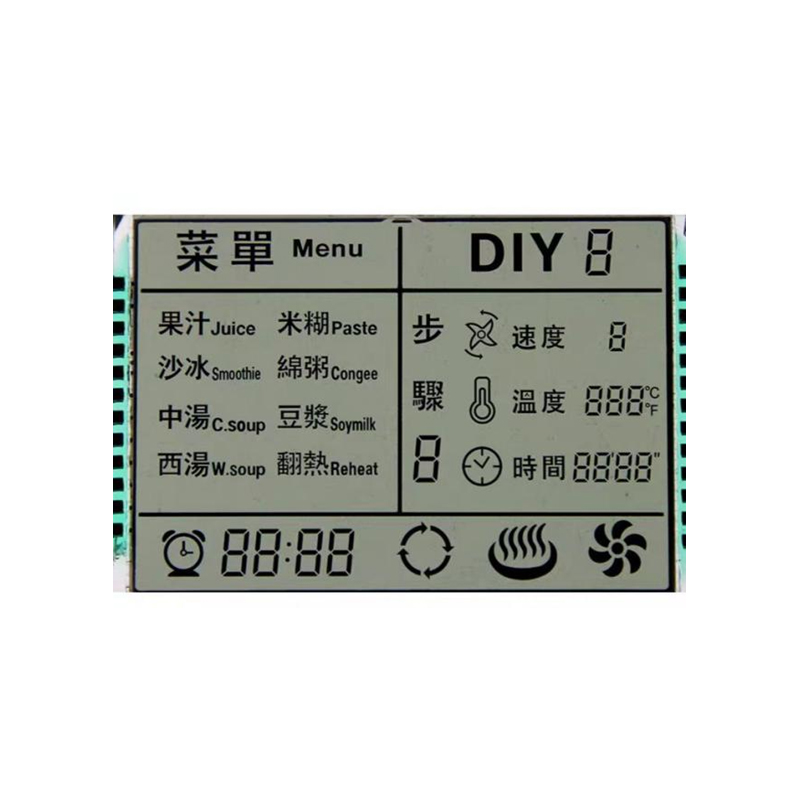
Selecting the ideal 0.96 OLED display for your Arduino project involves considering several key factors. The resolution, interface type (I2C or SPI), and power consumption are all crucial aspects to evaluate. While many options exist, focusing on reputable manufacturers and reviewing user feedback is highly recommended. A well-documented and widely supported display simplifies the integration process and minimizes potential troubleshooting.
The resolution of a 0.96 OLED display typically ranges from 64x48 pixels to 128x64 pixels. Higher resolution displays offer sharper images and more detailed text, but they often consume more power. Consider your project's specific needs; a higher resolution might be unnecessary if you only need to display basic text or simple graphics. Many options from Dalian Eastern Display Co., Ltd. (https://www.ed-lcd.com/) offer excellent quality and various resolutions.
Most 0.96 OLED displays utilize either I2C or SPI communication protocols. I2C is generally preferred for its simplicity, requiring fewer Arduino pins. However, SPI offers faster data transfer rates, making it suitable for applications requiring high refresh rates. The choice depends on your Arduino's capabilities and the project's performance requirements.
OLED displays are known for their relatively low power consumption, especially compared to LCD counterparts. However, even within 0.96 OLED displays, power consumption can vary. Consider the power budget for your project, especially if it's battery-powered. Always check the manufacturer's specifications for accurate power consumption data.
Once you've chosen your display, setting it up with your Arduino involves several steps. This typically includes connecting the display to the Arduino board, installing the necessary libraries, and writing the code to control the display. The specifics vary depending on the display's interface (I2C or SPI) and the Arduino model you are using.
The wiring process differs depending on whether you've chosen an I2C or SPI display. I2C typically requires only two data lines (SDA and SCL) plus power and ground. SPI requires more lines, including MOSI, MISO, SCK, and CS. Refer to your display's datasheet for accurate pin assignments.
Most 0.96 OLED displays require specific Arduino libraries for proper function. These libraries typically handle the low-level communication and provide high-level functions for displaying text, graphics, and images. The Arduino IDE's Library Manager simplifies the installation process.
After installing the necessary libraries, writing code to control the display is relatively straightforward. Numerous example codes are available online, showcasing how to display text, images, and more. Adapt these examples to your specific needs and the chosen library.
Even with careful planning, you might encounter issues when integrating a 0.96 OLED display. Common problems include display not powering on, incorrect display data, or flickering. Troubleshooting often involves checking the wiring, verifying power supply, and ensuring proper library installation. Online forums and community support can be invaluable resources for finding solutions.
Integrating a 0.96 OLED display into your Arduino projects enhances user experience by providing a visual interface. Choosing the right display based on your project's specifications and following proper setup procedures are essential for success. Remember to leverage online resources and communities to overcome challenges and optimize your project's performance. The right 0.96 OLED display can significantly elevate your Arduino creations.












